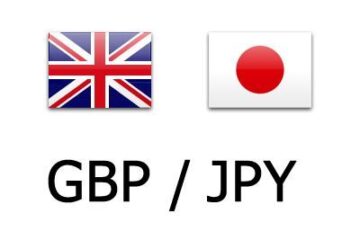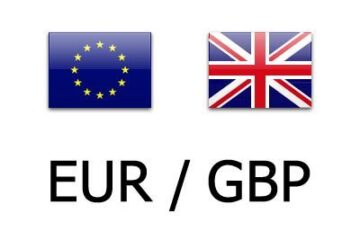If creating a budget and sticking to it feels like a punishment, you’re not alone. Tiffany Aliche, ‘The Budgetnista,’ joined TheStreet to discuss how to create a realistic financial plan as well as why your budget should actually be your ‘say yes’ plan.
Full Video Transcript Below:
Related: Here are the major money habits to break in 2025
Full Video Transcript Below:
CONWAY GITTENS: Your name? Budgetnista right? So give us the tips on how to budget. What are the steps that we need to create a realistic budget?
TIFFANY ALICHE: Well, especially now that the year has started, I want you to first take stock of where are you when it comes to your finances? Do you still owe money back from any sort of holiday spending? Are you behind or late on anything? A budget really starts with taking stock of what’s happening with your money currently, how much does your life cost you on average within a 30 day period of one month period? Right all of those things down. What? you pay for those things and start to ask yourself, do these numbers make sense? Do they reflect who I actually want to be. So that’s definitely step one.
CONWAY GITTENS: So now how can we do this without feeling guilty? Without feeling like it’s a punishment?
TIFFANY ALICHE: Honestly, budgeting can feel like that. I like to think of a budget as my ‘say yes’ plan. You have to honestly like reconfigure the way you think about a budget, that a budget is there, like your mom, right? Your mom is not there to say no. She’s there to say ‘Yes’ with a framework that allows you to be safe. So you might say, like, mom, can I have dessert? Yes after you eat your dinner. Mom, can I go outside to play? Yes if you do your homework. Mom, can I, you know, go sleep over my cousin’s house? Yes when your grades are better. If after when and your budget is there to stay the same that it wants you to go on vacation after you save. It wants you to buy that new coat when you’ve paid down some of your debt. You know it wants you to plan for a big birthday party? Yes if you manage your budget Well, see if. When, after. And so that’s the reconfiguring. So I don’t look at my budget as a restrictive tool. It’s a say Yes plan. It’s there to say Yes to you but keep you financially safe.
So if we take a look at our say Yes plan, what are some of the adjustments that we all need to be making now that the new year has begun? So like I said before, right, you’re going to list everything you kind of spend money on and what does it cost you? Monthly but then I want you to categorize your budget, especially starting in the new year. So you’re going to categorize your budget with what are your bills. These are things that if you don’t pay someone’s going to come knocking right. So you’re going to put a B Next to that list that you just created. Next to anything. That’s a bill. And then you’re going to look at those bills and say which one of these bills is based upon my usage like utilities. Right so you’re going to put a U next to any of those bees that are based upon how much you use it, and that’s what determines the amount of that bill and anything left over that’s not a, B or UB is going to be a C, a cash expense. The C also stands for choices. And so it’s a really great time to say now I’m going to start making adjustments to my budget. And I start with my the places where I have the biggest choices. I’m looking at all those C’s to make adjustments there first, at least on paper at first.
Make the most of your money with TheStreet:
Reach your money goals faster with a financial workoutCritical financial moves to make before the end of 2024You’re behind on finances at mid-year — how to get back on trackHere’s how to fight inflation while maximizing retirement saving


